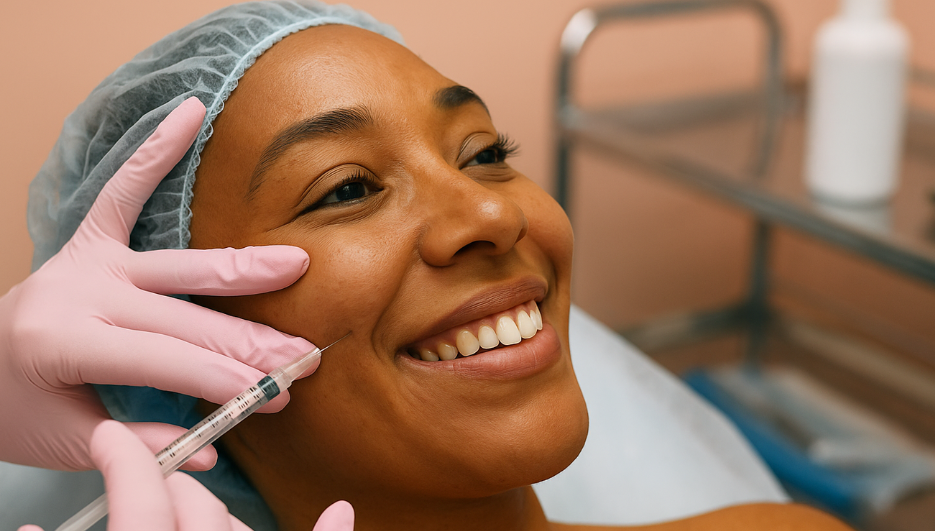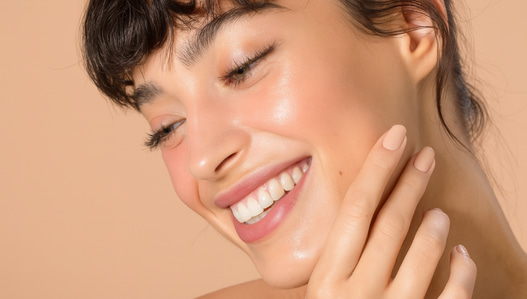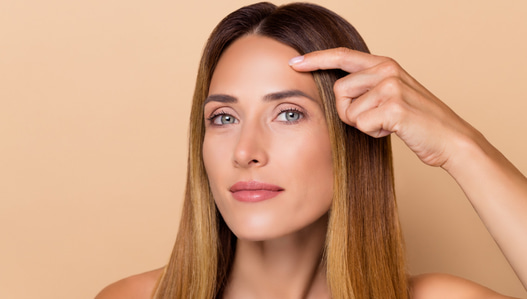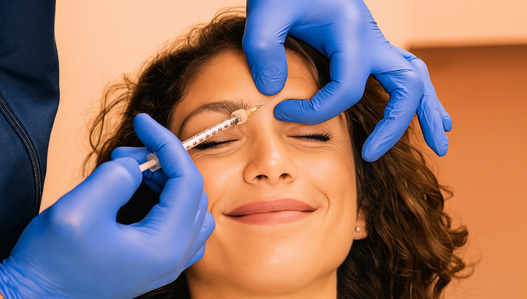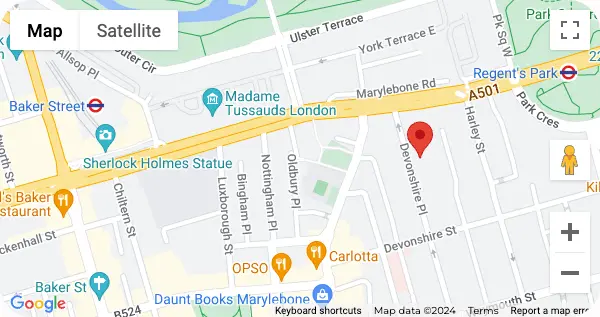Introduction
Botox, which is created from botulinum toxin, is among the most favored treatment options for treating fine lines and wrinkles. It does so by relaxing certain facial muscles that contribute to dynamic wrinkles those that develop from expressions such as frowning or squinting. If you’ve gotten Botox or are thinking of getting the wrinkle relaxer in the future, you’ve probably noticed that some people advise against going too frequently. And what’s the right schedule to follow to keep your skin looking refreshed but not overdo it?
It is true that Botox is made from the same toxin that causes botulism, a form of food poisoning. But never fear the Botox in beauty treatments and many medical applications is highly purified and tightly regulated. It has been safely used in medicine for decades.
How often to have Botox: A general guide
Botox results typically last for most patients three to four months. As it wears off, the muscle movement gradually returns and with it the lines and wrinkles which were softened become increasingly evident. This doesn’t mean they come back more noticeable than ever, but means you’ll notice differences in the smoothness of your skin.
Some patients like to receive a treatment as soon as they see early evidence of muscle movement. For others, the wait might be a little longer, depending on their ambitions. For those who are newer to Botox, the first few treatments can dictate your perfect schedule. Your practitioner will evaluate how your body reacts, and work with you to stagger future appointments in a way that is tailored to your needs.
Individual factors (eg. age, previous Botox treatments)
Every face is different. Some see Botox metabolize from their bodies more quickly, some retain the effects longer. Age plays a role, too. Younger patients with minimal lines may require less frequent touch-ups — perhaps every four to six months. Patients who are older or who have more visible wrinkles may have to return for treatments more often to maintain their smooth skin.
Your own personal history with Botox counts, too. If you’ve been treated for many years, you may find that your results seem to last longer. That is because your muscles are trained to remain relaxed. This means you can slowly space out the time between appointments with less need for product eventually.
Other things such as stress, lifestyle, smoking, and sun exposure can also impact how long Botox lasts. The above can change, and you would need to modify your treatment plan accordingly by consulting with your practitioner regularly.
Treatment area and dosage
Where you receive Botox is just as important as how frequently. The various parts of the face have different strength and amount of usage of the muscles in them.
For example:
- Forehead and glabella (frown lines) usually need more frequent treatment since the muscles are larger and more animated.
- The crow’s feet around the eyes, for instance, might require less product and less-frequent touch-ups.
- Jawline Botox to treat teeth grinding or to slim the jawline also tends to last longer up to 5 months or even 6 months because of the strength and size of those muscles.
Dosage plays a part, too. The quantity of Botox used will be customized by your provider to accommodate your muscle size and strength. The result is always a natural, balanced look never, ever overdone.
Risks of overdoing Botox
Botox is safe when given correctly, overuse can cause problems. Too frequent or large a dose of injections can even result in a stiff, frozen face. Your expression may be restricted, and the kind of affecting movement that keeps your face looking animated can fade away.
In certain instances, overuse of Botox can compel muscles near the treatment site to overcompensate and work harder — resulting in unwanted facial asymmetry or new lines that appear in areas untouched by the injectable.
That’s why it’s crucial to space your appointments appropriately and work with an experienced provider who has an understanding of facial anatomy and balance. Less is frequently more with Botox. The effect is always one of subtle enhancement, not of transformation.
Long-term effects of regular Botox injections
There’s a lot of discussion about what long-term Botox use does to your facial muscles. The truth is, regular injections can lead to reduced muscle activity over time—which is partly why the results last longer the more consistently you use it.
But overuse, or misuse of this method can result in weakening or slight atrophy of your muscles. That’s not to say that your face is going to wither and sag, but it may mean that you do require more going forward to get the same result. That is why moderation and expert care are so crucial.
When applied with the right amount of space and dosage, prolonged Botox use can delay the development of deeper wrinkles. It’s as much a preventive as a treatment — especially if you start early and you manage well.
Effective & professional doctor-led Botox at our central London clinic
Expert aftercare tips for making Botox results last longer
While your practitioner handles the injection, how you care for your skin afterward plays a huge role in maintaining results.
Here are some effective aftercare habits:
- Do not touch the treated areas for 24 hours. This means rubbing, massaging and lying on your stomach. It might do that more involuntarily than you want it to.
- Try and avoid alcohol, vigorous exercise and exposure to heat for the first 24 hours after your treatment.
- It’s also important to drink plenty of water and maintain a daily skincare routine.
- Limit sun exposure. UV injury also destroys collagen, which can impact how long your results last.
- Exercise the treated muscles lightly (i.e., raising your eyebrows or smiling lightly) in the hours following treatment. This may speed up the action of the Botox a little.
- A little attention to detail makes a big difference. Seek personalised advice from your practitioner and bear in mind if you have particular skin issues or are very busy.
How to tell if you need more Botox Appointments
The most common sign is when you are regaining muscle movement. You may begin to notice fine lines pop up when you raise your eyebrows or furrow your noggin’. These little signs are generally an indicator that the Botox is wearing off.
Those faint lines might not completely bounce back overnight, but you will see a difference in how your expressions look and feel. If you notice them and want to maintain a smoother look, it’s likely time to make a subsequent appointment.
But don’t estimate regular check in with your practitioner. They can evaluate your face and assist in planning the next treatment. Some people space their visits due to not wanting to be too constantly perfect all year long and others wait until their lines are prominent.
High-quality Botox treatments at the Harley Street Skin Clinic
At Harley Street Skin, we realise that everyone’s face tells a story and, as the face is the most defining, visible part of your body, creating a fresh, natural look is the ultimate skin goal. Our company have years of experience providing Botox treatments that accent your features while not compromising expressiveness or personality.
We’re all about soft, sophisticated results that make you look like you-you, just a little more refreshed. Whether it’s your first time or part of your skincare plan, we make sure we understand your goals and develop a treatment plan that works for you.
Ready to begin or enhance your Botox journey? Your skin’s in good hands.
FAQs about Botox
- How long does Botox take to work?
You may see some improvement in three to five days, but the full effect usually takes place around two weeks. This might be different for everyone, as we each have different metabolisms and the area treated and your body’s response can matter.
- Can I stop Botox once I start?
Yes, absolutely. Botox is not addictive, and your wrinkles will not get worse if you stop. Your muscles will gradually recover their normal mobility, and your face will return to normal, no more, no less.
- Are Botox injections painful?
It usually feels like a fast pinch, most patients have told us. The whole thing takes just a few minutes, and you can use numbing cream if you’re tender. Pain is negligible, and downtime is not an issue.
- Can I get Botox while pregnant or breastfeeding?
It’s not recommended for pregnant and breastfeeding women to have Botox. There’s very little research to show that it’s safe at this time, so you’re best off waiting. Your provider can recommend other treatments if you need them.
- What should I avoid after Botox?
No strenuous exercise, alcohol, heat, and touch for a minimum of 24 hours. All of these can have an impact on the settling of the product. Also pass on facial massages or beauty treatments during this time.
Reserve a botox appointment
One of our experts will be more than happy to answer any questions you have.
Book AppointmentTasnim Ahmad
★★★★★
Dr Omar friendly and really knowledgeable. Gave me right advice. Thank you
11th July 2025
Alice Rossetti
★★★★★
Dr Omar was really nice and made me feel comfortable during my treatment. He was really knowledgable and gave me helpful after care instructions
8th July 2025
Edie Burgess
★★★★★
Lovely clinic, very attentive!
14th July 2025



